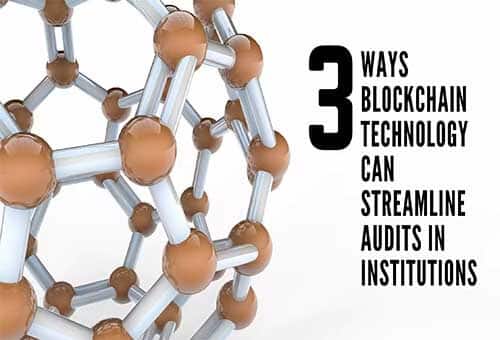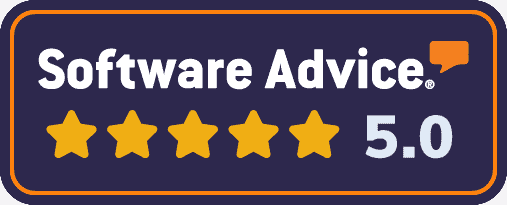3 Ways Blockchain Technology Audits in Institutions
Audits in institutions & universities give critical insights into how they’re progressing and how the money is coming in or being spent.
They are crucial for the management and administration teams of institutions to understand if the institution is on an upward trend or a downward trend.
However, the current processes that institutions have are mostly manual. And manual ways always led to a lot of errors. These errors can result in ineffective audits.
So, how can blockchain technology improve and streamline audits for better results?
Let’s look at the three ways on how it can improve.
Records can be easily retrieved.
A common problem that most auditors face is the complexity involved in retrieving information and data. Faster retrieval of records with ease of convenience will help auditors complete their due process within a limited time.
This will help them in spending less time on data retrieval and more time on data analysis. Thereby leading to an effective auditing process.
With blockchain technology, data stored in a block can be easily read and retrieved in a streamlined format from anywhere. It also gives them the exact time and date of a record which helps in the authentication.
Records are tamper-proof
The records on a blockchain cannot be manipulated as they are decentralized, distributed, and encrypted. Let’s imagine that a fraudster has somehow found a way to tamper with one record in a block (though it is impossible). The same record is maintained within the ledger of blockchain across multiple nodes.
And the moment a change happens within a record, all the nodes in the network will verify with their database and confirm if it’s true or falsified. If it is falsified then all nodes reject the change and so the efforts of the fraudster go in vain, while the authenticity of record remains intact.
This type of robust algorithm will ensure records are never manipulated.
Of course, this will help auditors improve the validity of their reports as information is 100% accurate.
Automation
Smart contracts on blockchain work without human intervention. They are automatic. Many blockchain platforms out there are enabled with smart contracts that make the entire process of
retrieval and verification of files easy.
This will save a lot of time for auditors and improve the process. There are also platforms which go a step ahead and visualize the data through interactive dashboards.
Result: Improved Education
By helping auditors create perfect insights, institutions can make crucial decisions which will improve the education in the institution. That’s obviously the most important requirement.
As a ripple effect, improved education will provide better results for students and that will result in the growth of the institution.
TruScholar Can Make the Difference
TruScholar is the only platform in India which helps institutions store records securely, establish credentials, verify credentials, and automate education.
With TruScholar, auditors can easily retrieve the files and analyze them for insights.
We can do so by combining blockchain technology with web & mobile technologies, resulting in a platform which is robust & secure yet convenient to use from anywhere.
Schedule a free demo today with us and we will show you how it works in reality. Talk to you soon.
There are four types of blockchain structures:
- Public Blockchains.
- Private (or Managed) Blockchains
- Consortium Blockchains
- Hybrid blockchains
Conclusion:
Blockchain technology is a structure that stores transactional records, also known as the block, of the public in several databases, known as the “chain,” in a network connected through peer-to-peer nodes. Typically, this storage is referred to as a ‘digital ledger. Blockchain helps in the verification and traceability of multistep transactions needing verification and traceability. It can provide secure transactions, reduce compliance costs, and speed up data transfer processing.






